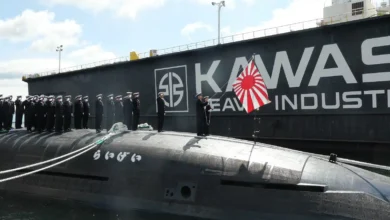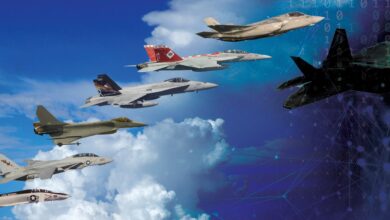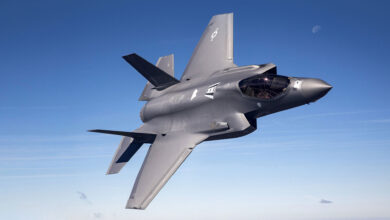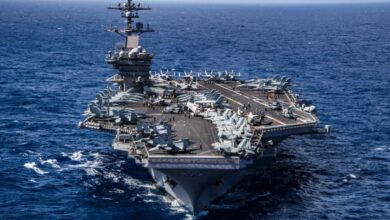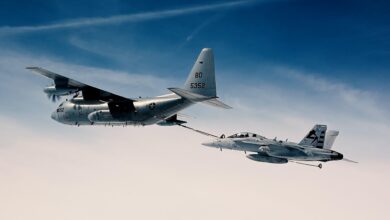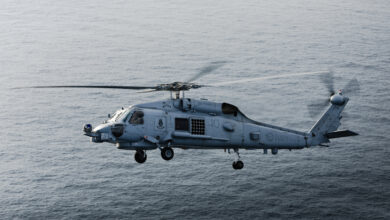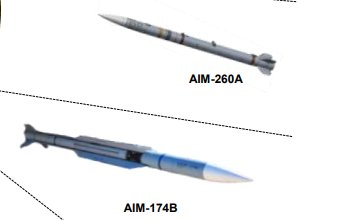The US Navy has concluded the RIMPAC 2022 exercise following over a month of joint drills and combined operations held around the Hawaiian Islands and Southern California.
Approximately 25,000 personnel, more than 30 uncrewed systems, 38 surface ships, 170 aircraft, three submarines, and nine national land forces from 26 partner countries participated in the 28th iteration of the world’s largest international maritime exercise.
The event, which ran between June 29 and August 4, included full-scale, realistic naval tactical operations, training drills, disaster relief, sea control, security operations, and detailed warfare planning.
“By coming together as Capable, Adaptive Partners, and in the scale that we are, we are making a statement about our commitment to work together,” RIMPAC Task Force Commander US Navy Vice Adm. Michael Boyle said.
“This exercise provides tremendous training value, enabling partners to build skills and refine procedures through working together,” Deputy Commander, Royal Canadian Navy Rear Adm. Christopher Robinson added ”Part of this comes from seeing how other partners approach similar scenarios, offering new perspectives.”
RIMPAC 2022 Highlights
The Republic of Korea Navy commanded the combined amphibious task force for the first time. The Republic of Singapore Navy and the Royal Australian Navy led the force’s Sea Combat and Sea Logistics portions.
The Japanese Maritime Self-Defense Force also led the humanitarian and relief portion of the exercise.
Royal New Zealand Navy fleet tanker HMNZS Aotearoa served as exercise replenishment vessel for the event for the first time, delivering 6.48 million liters of diesel and 107,420 liters of aviation fuel for multinational ship participants.
The event also witnessed the first out-of-territory missile fired by the Royal Malaysian Navy’s Kasturi-class corvette KD Lekir.
Moreover, the activities involved the first-ever embedded use of the MQ-9A and MQ-9B uncrewed aerial vehicles with surface vessels for a sinking exercise.




